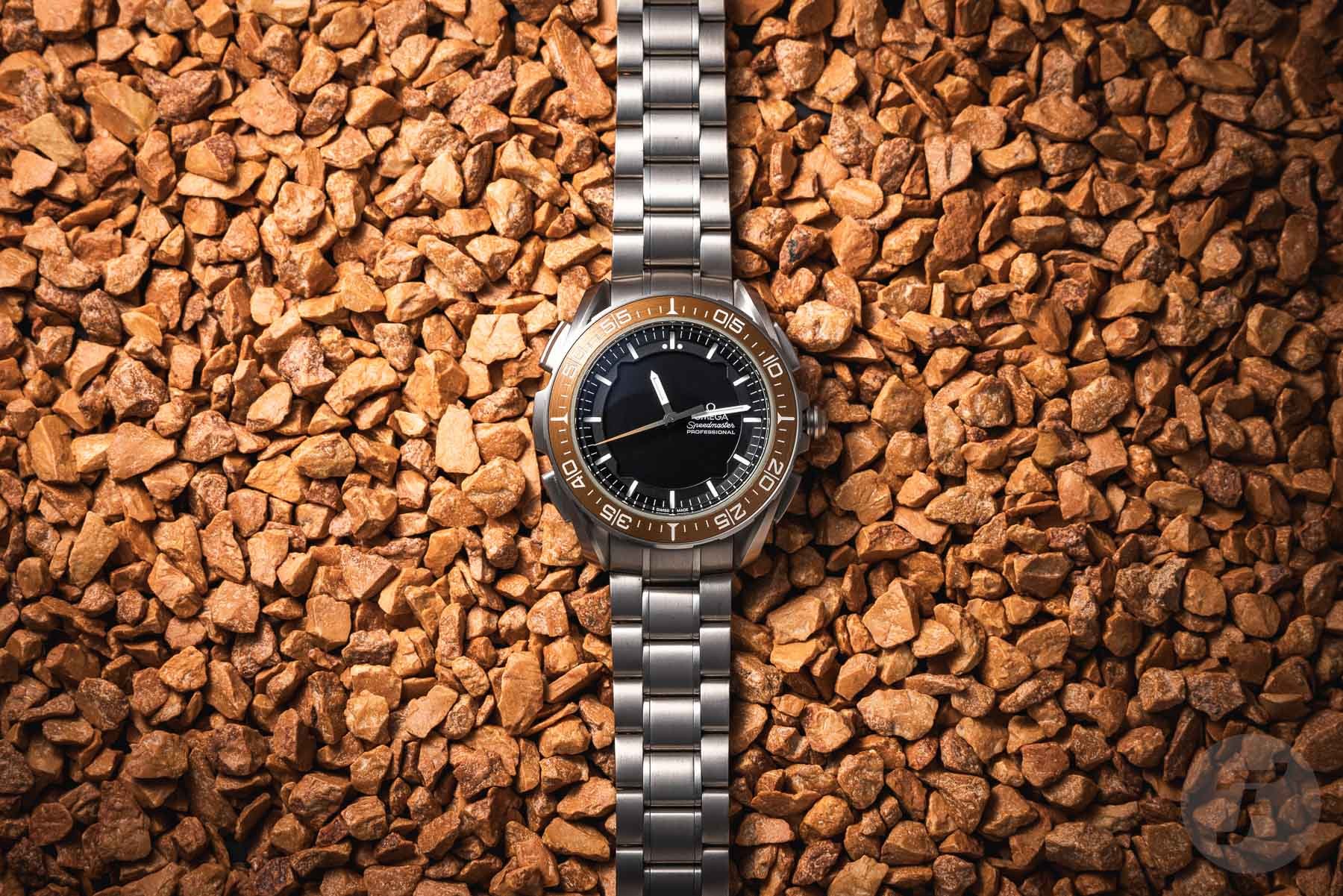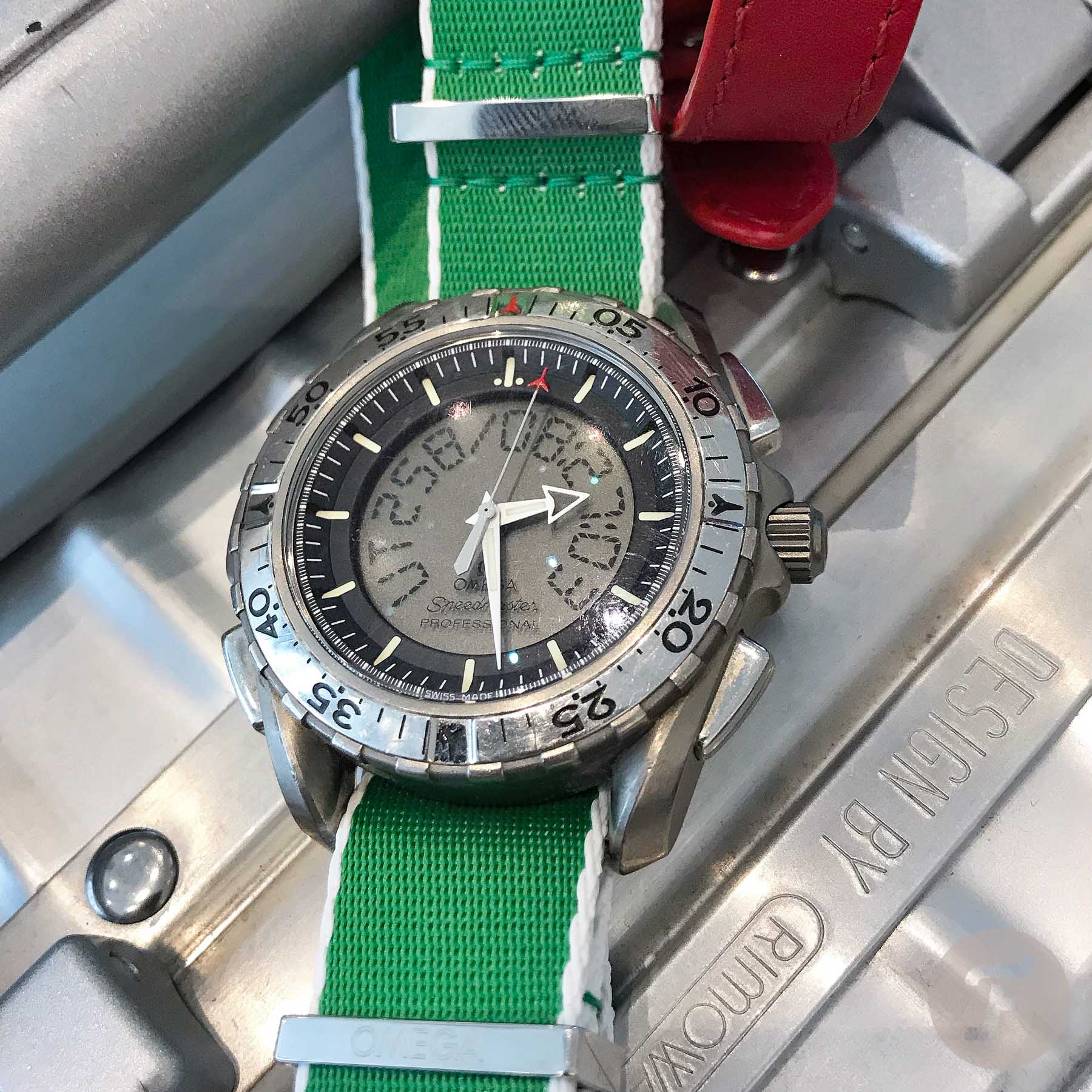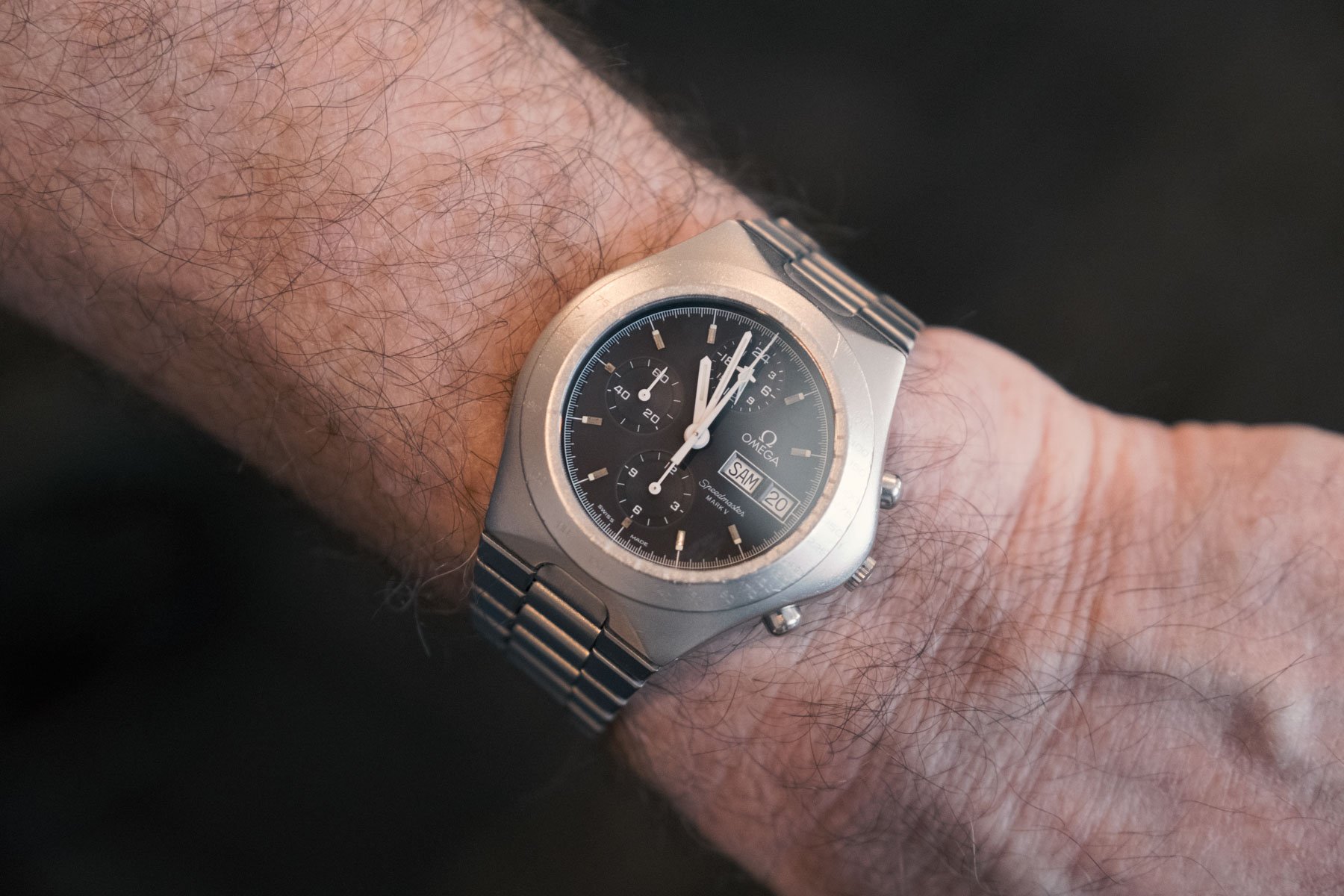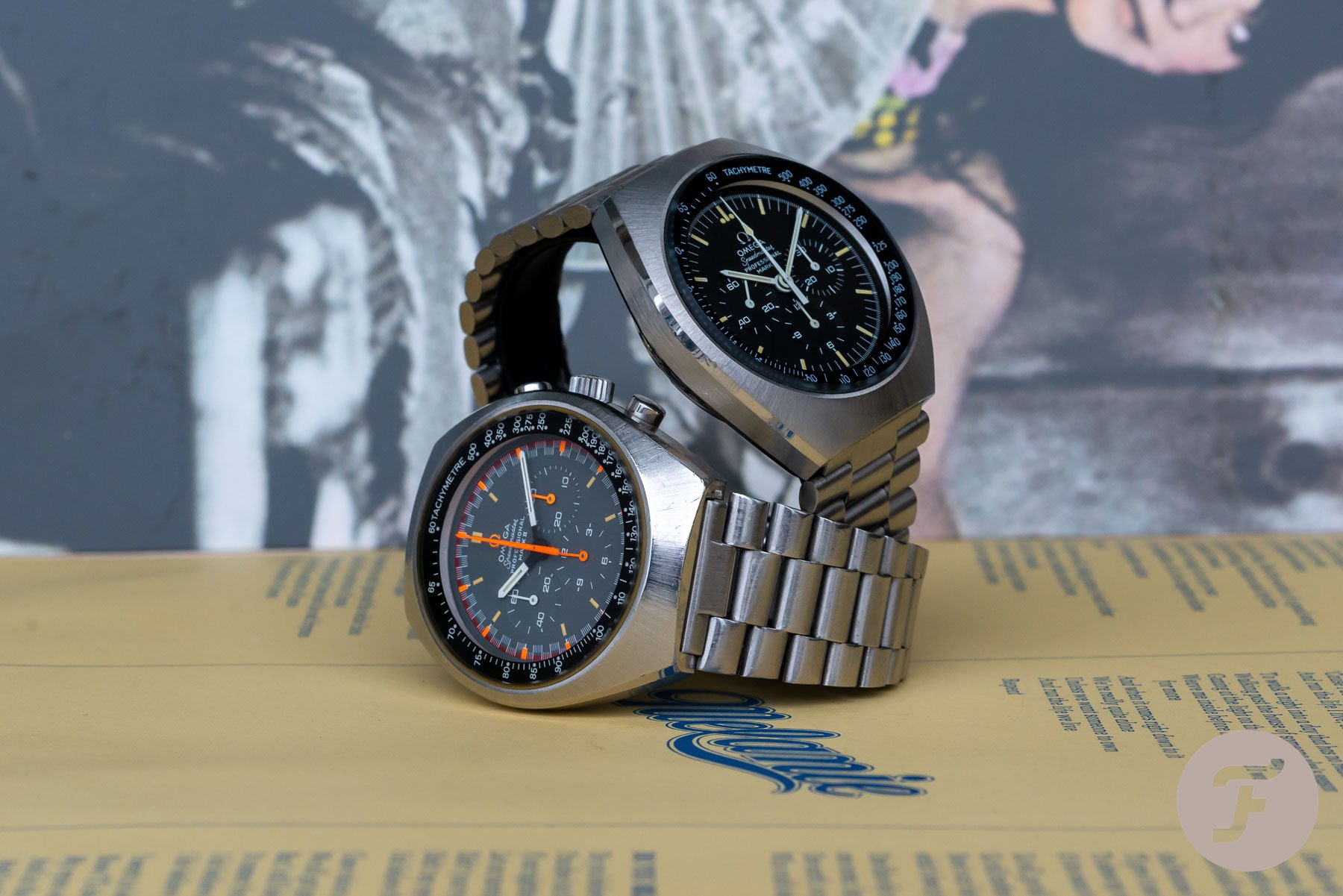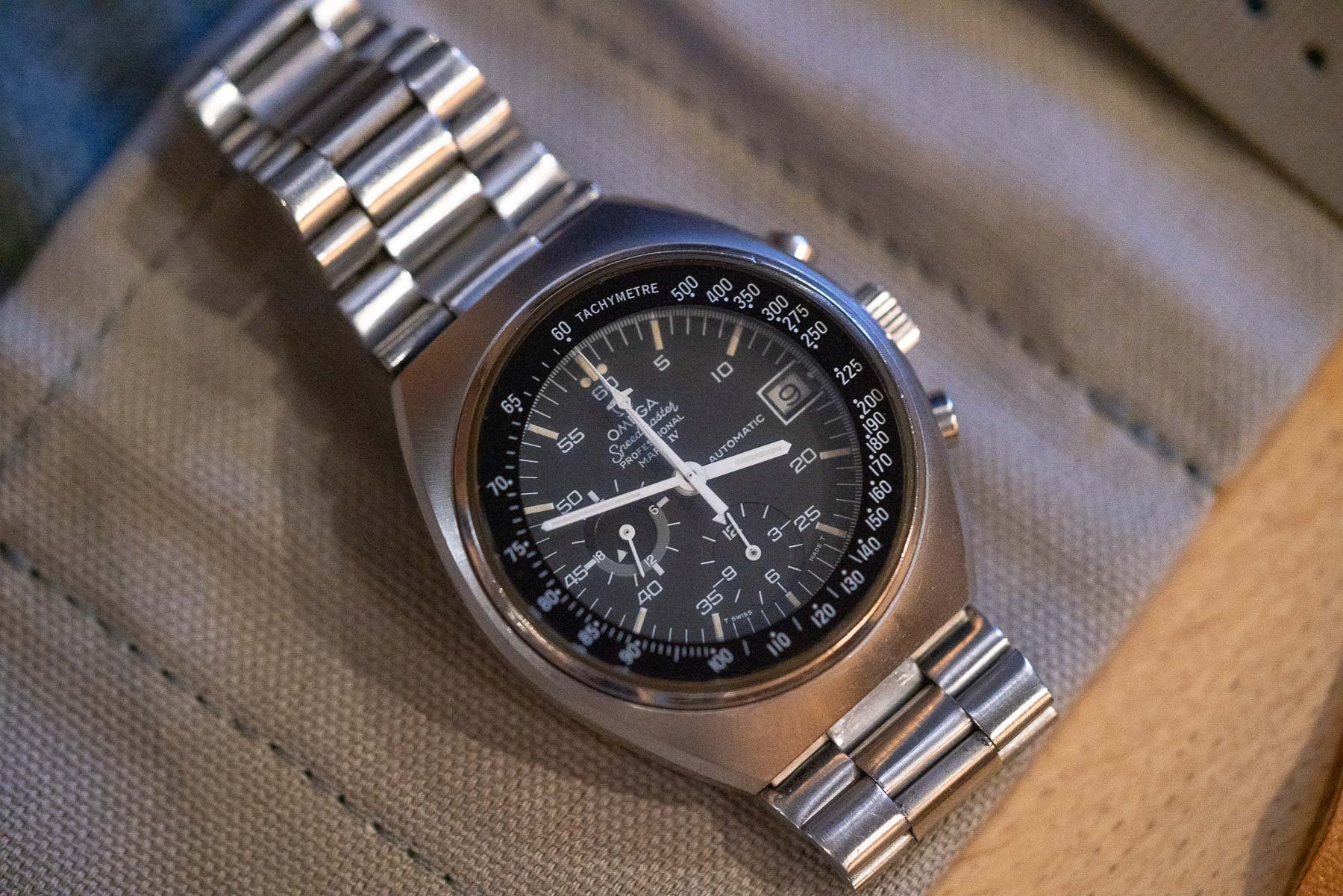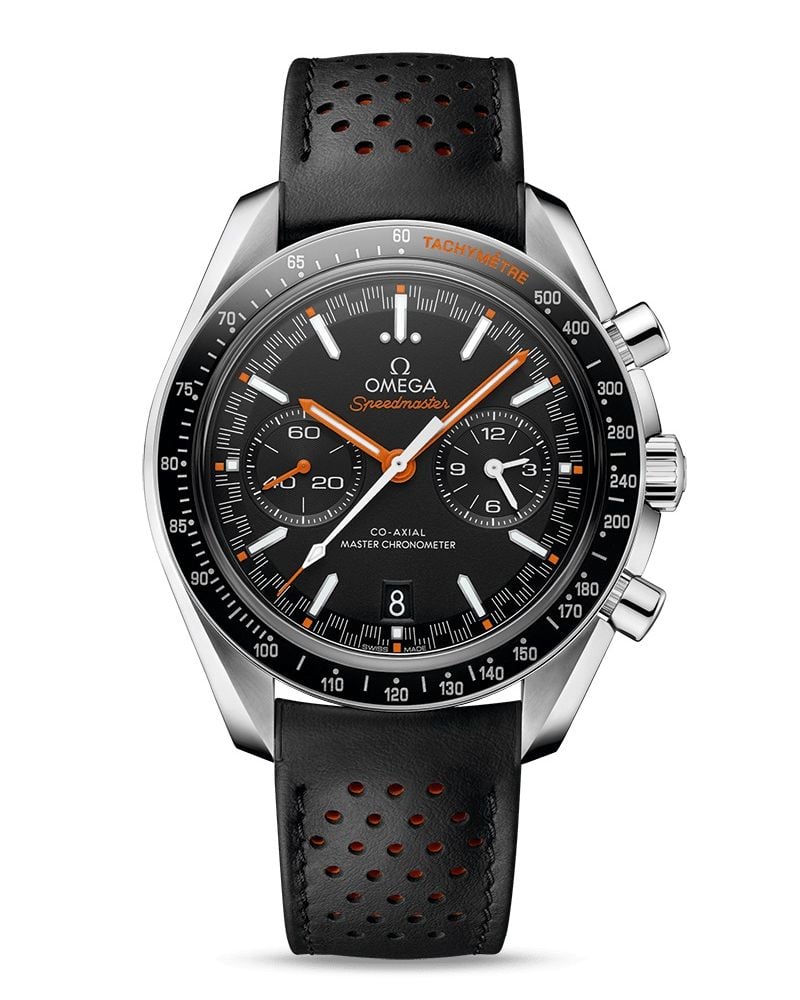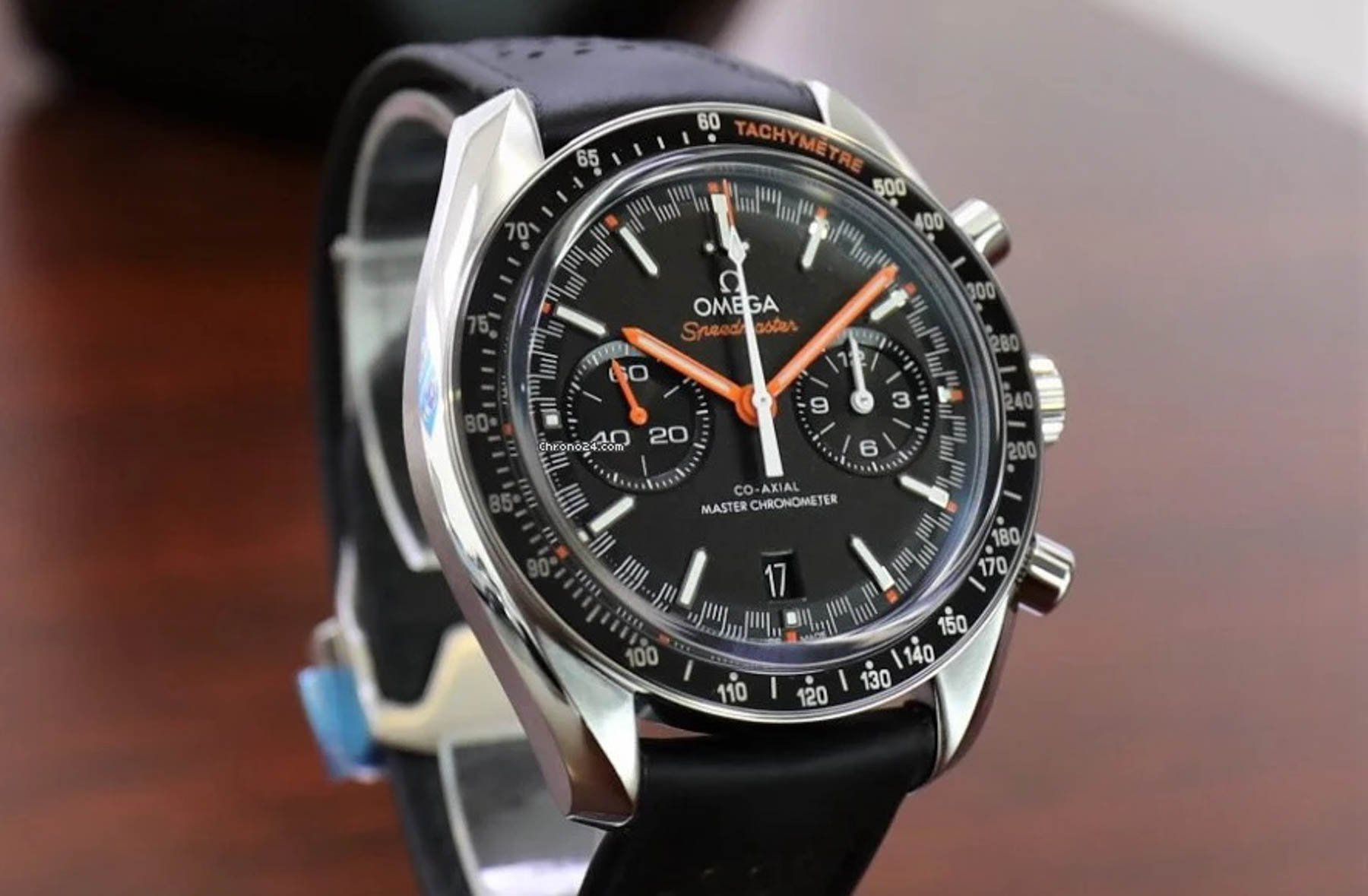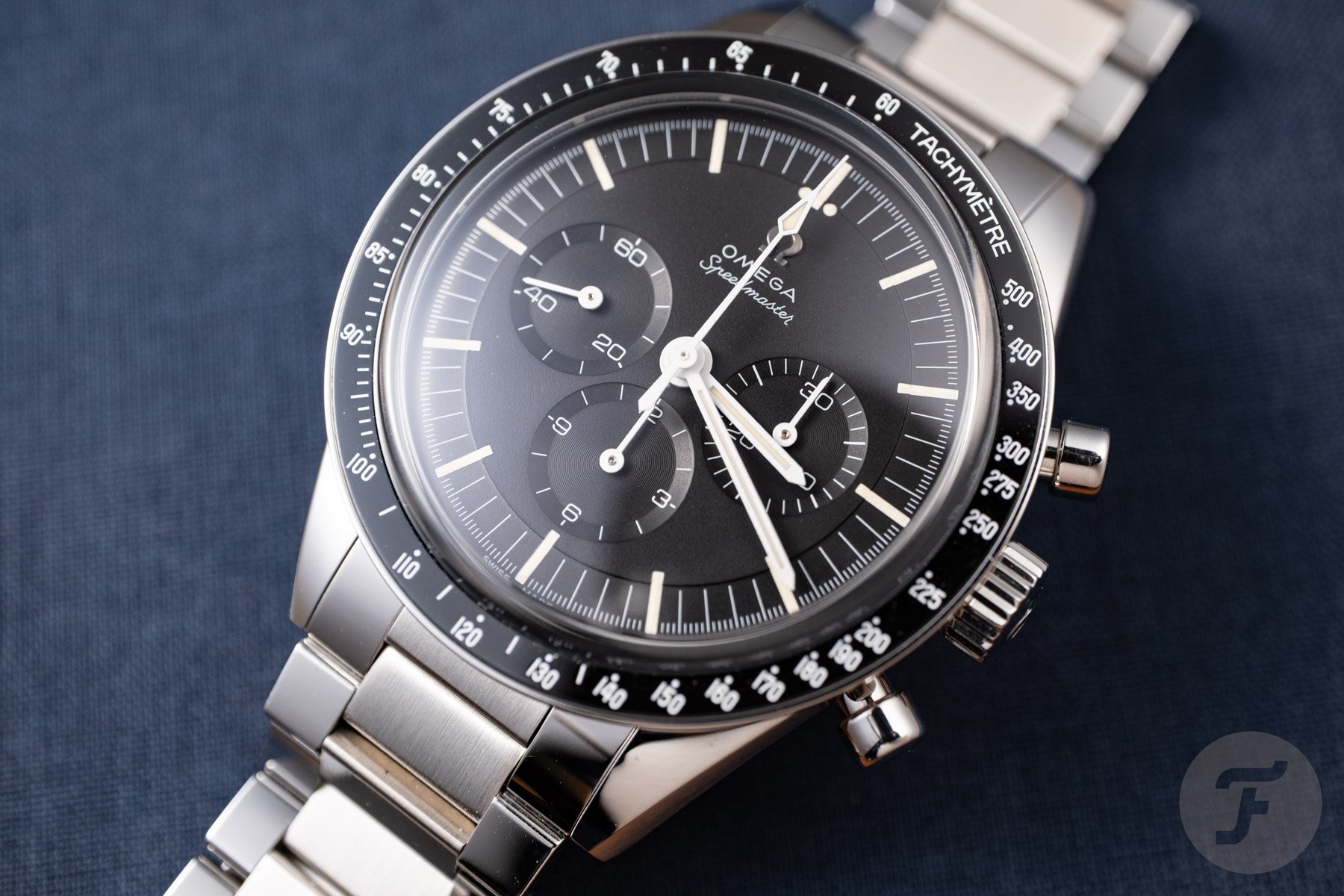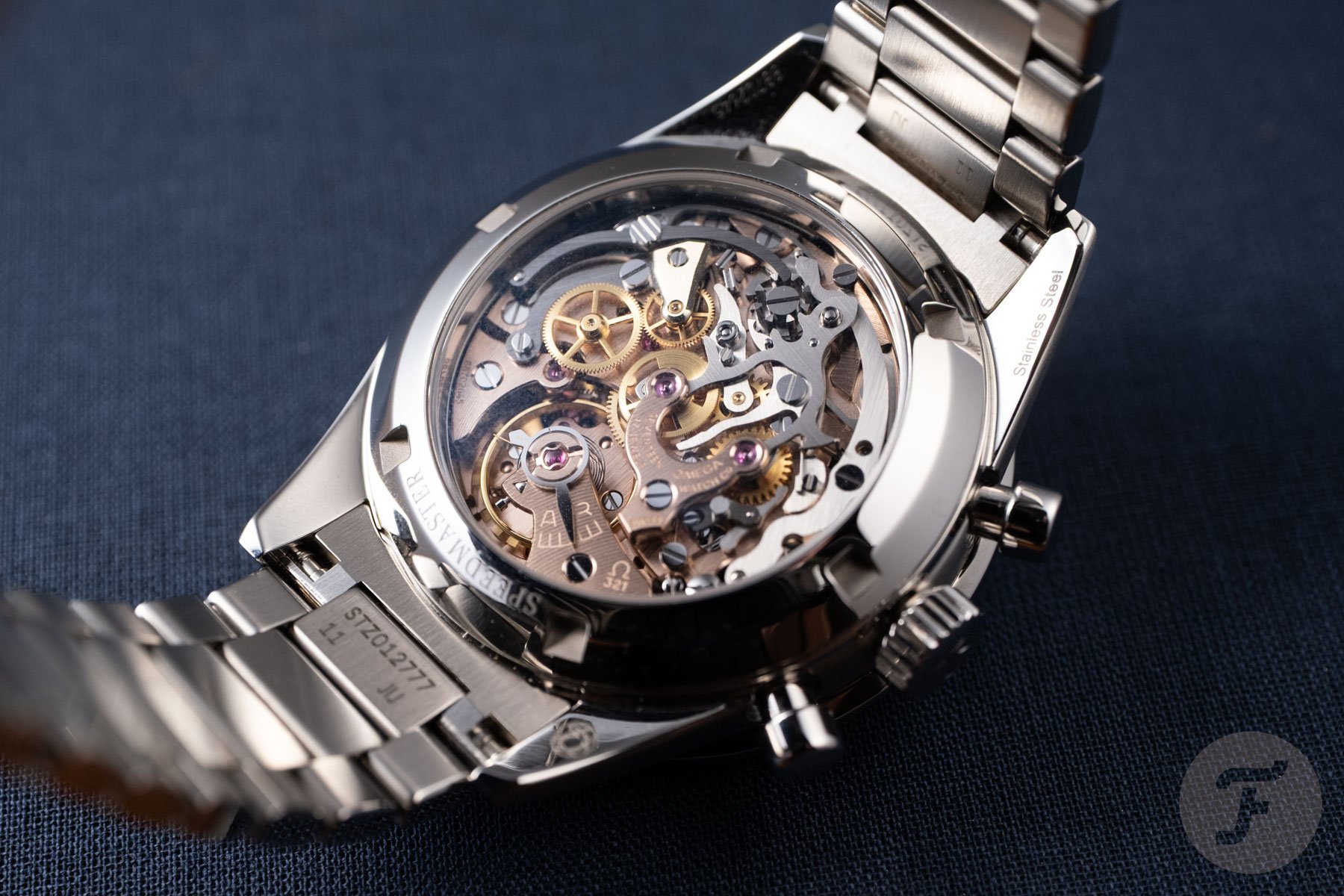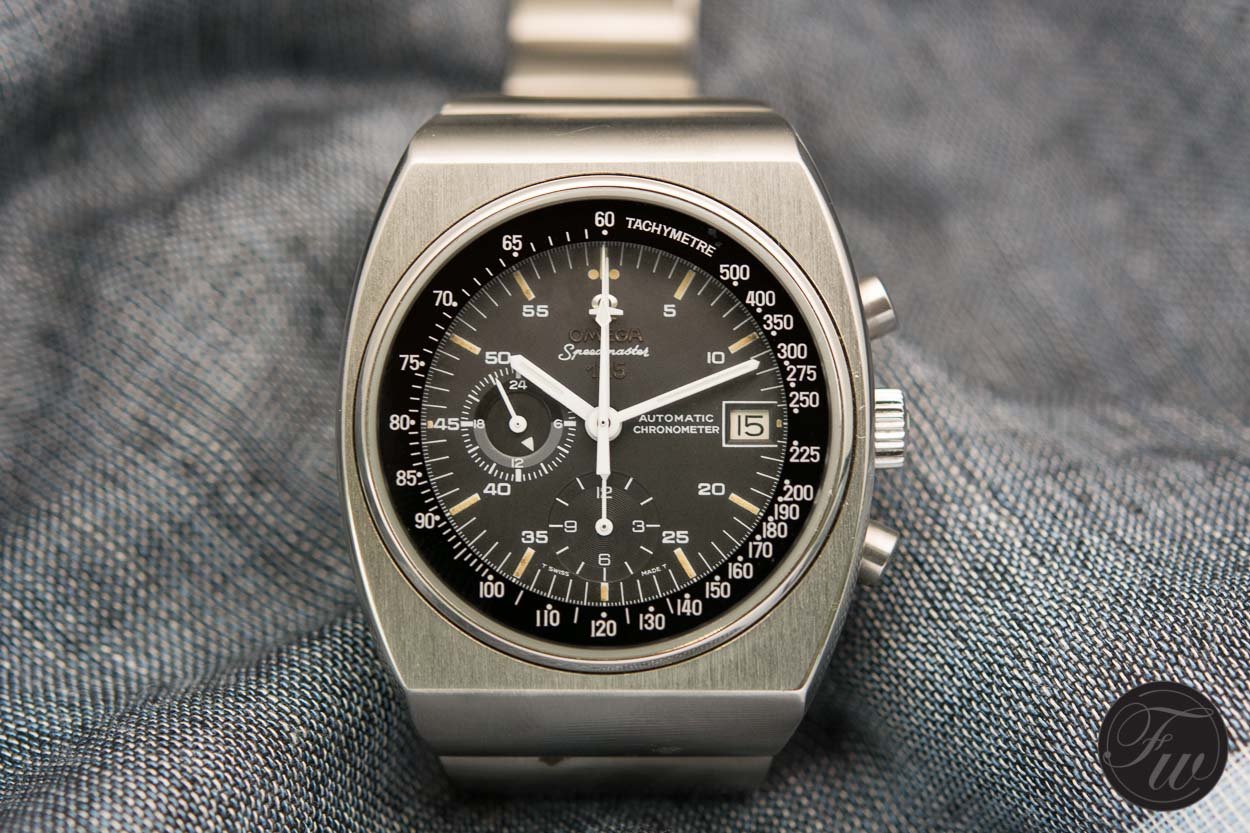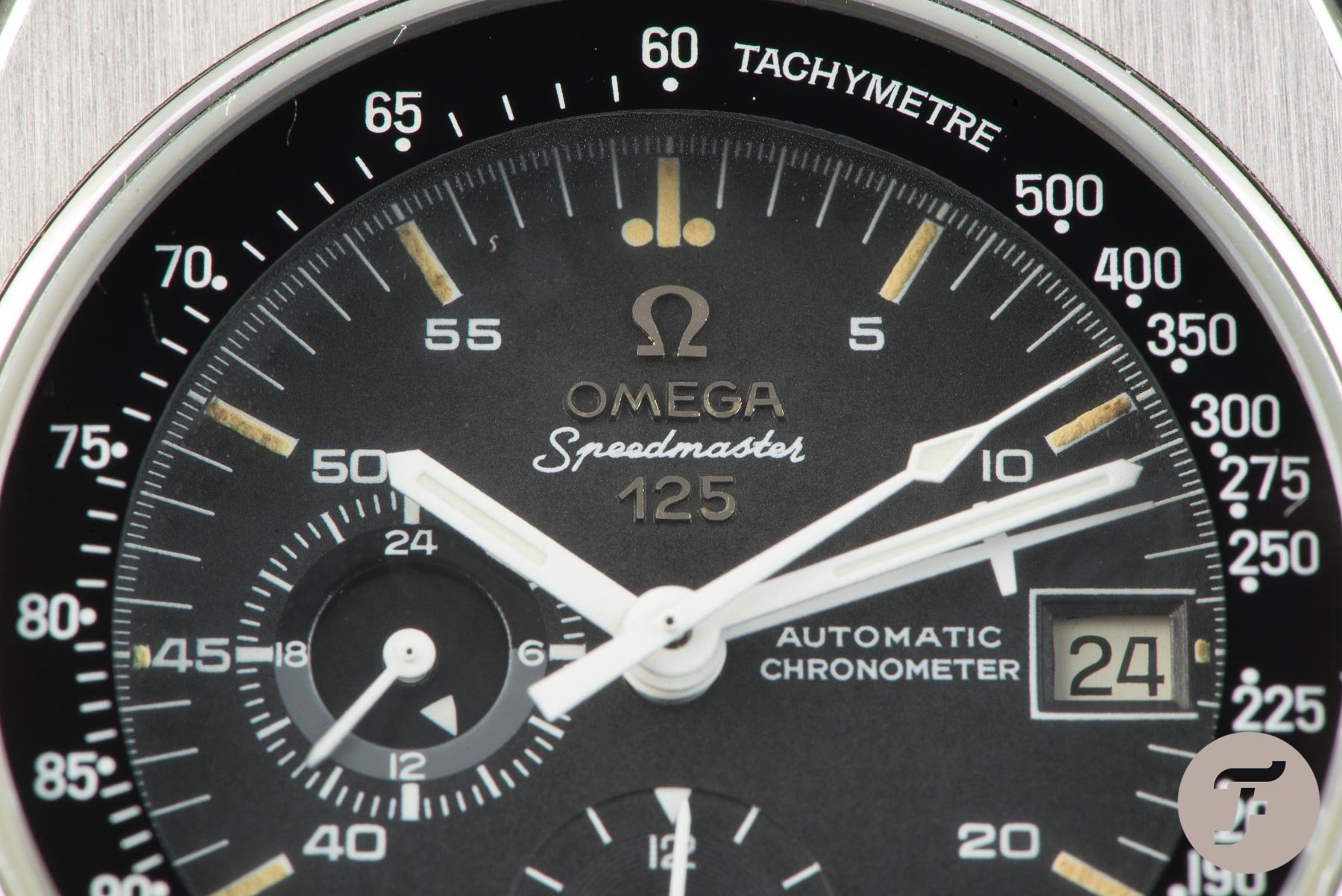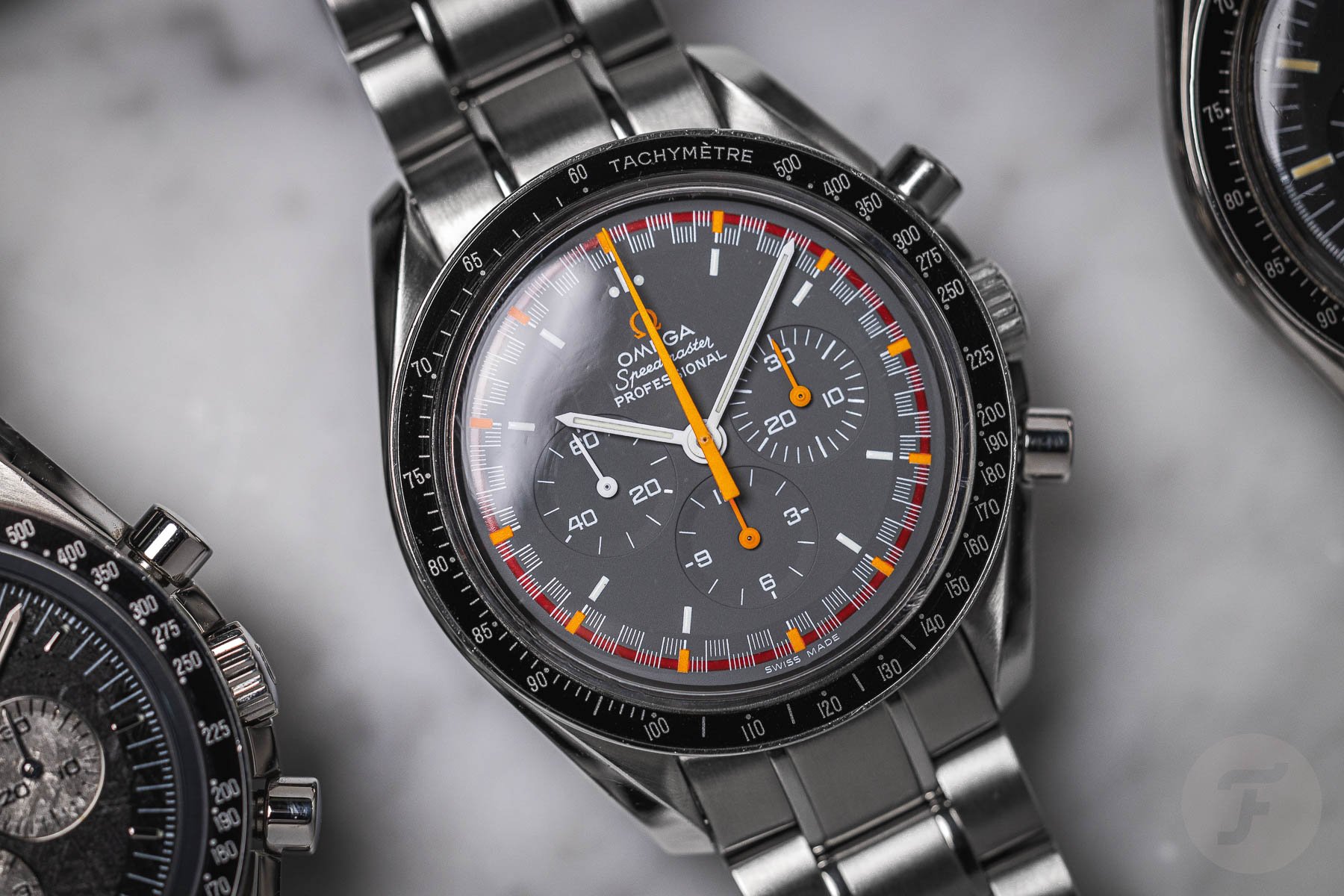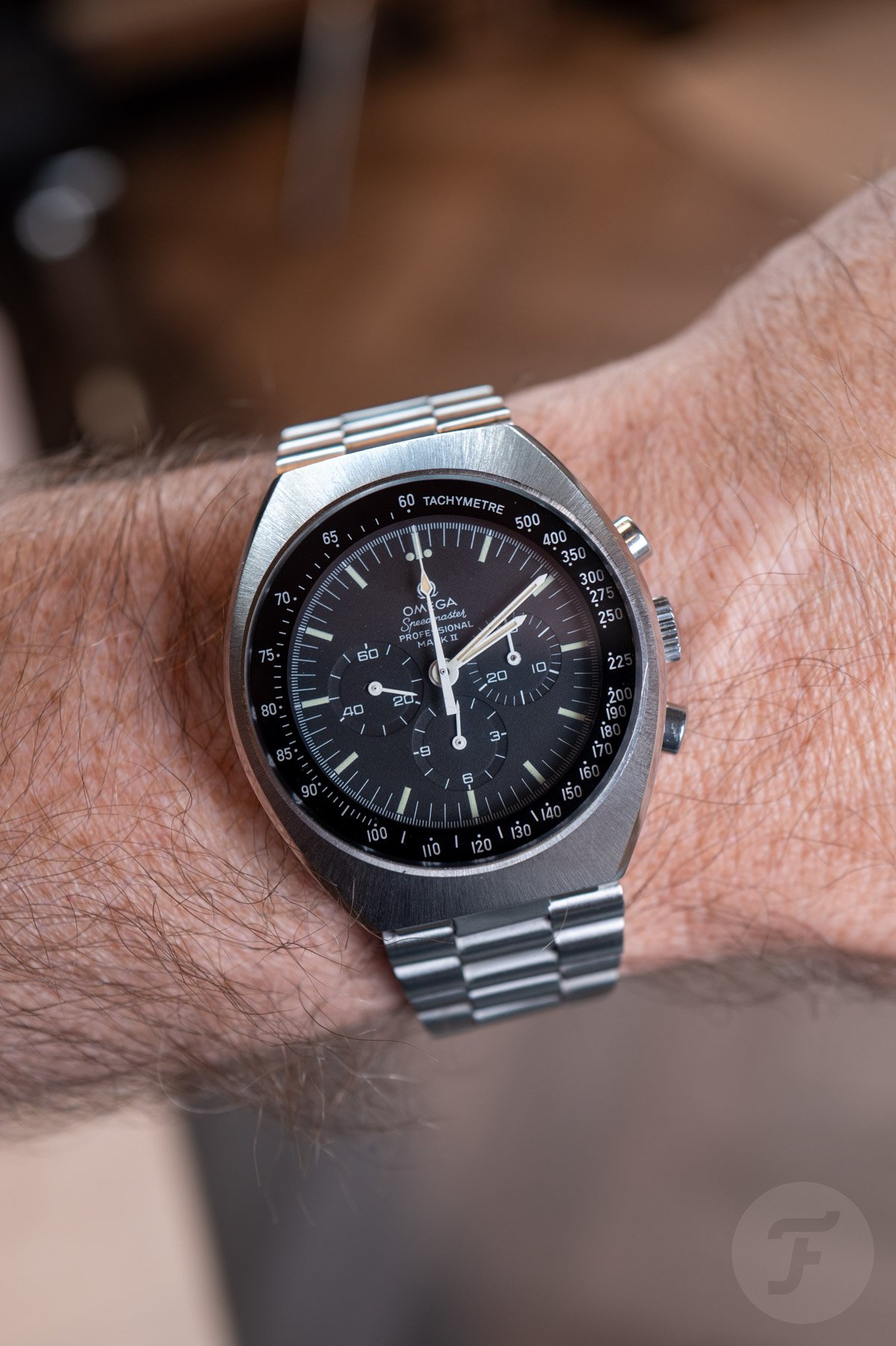Five Further Non-Classic Omega Speedmasters Worthy Of Any Collection
When many collectors think of the Speedmaster, they immediately imagine the classic Moonwatch with its Hesalite crystal, 42mm asymmetrical case, and hand-wound chronograph movement. But for those willing to cast their net wider, the Speedmaster family offers a surprising variety of curves, quirks, and historical detours.
So, following the wonderful response to our original article on this, I thought it only fair to mention a few more for discussion. Thanks to our readers for their suggestions; there were some great ones! Without further ado, below are five more non-classic Speedmasters that deserve a spot in your collection, each for different reasons.
The Omega Speedmaster X-33
Launched in 1998 as the Speedmaster Professional X-33, it was conceptualized as a tool watch for astronauts, merging analog hands with multifunction digital readouts. Over the watch’s lifespan, Omega released multiple generations, culminating in the current third-generation Skywalker, which incorporates enhanced mission elapsed time (MET) and phase elapsed time (PET) functions, and the X-33 Marstimer.
What sets the X-33 apart is its hybrid architecture, with an analog display for timekeeping combined with digital windows for the alarm, 100th-of-a-second chronograph, countdown timers, UTC, etc. These features are tailored to operational demands rather than aesthetic minimalism. The case shape is more instrument than dress piece — angular, robust, and unapologetic. It is still qualified for space missions and sits closer to the “instrument panel on the wrist” than any other Speedmaster.
The Omega Speedmaster “Mark” Series
There are so many juicy designs here, Fratelli! Omega’s so-called “Mark” series (Mark II through Mark V), produced between 1969 and 1984, marked an era of experimentation and transition. These watches run in parallel to the classic Moonwatch but adopt alternative designs and movements, making them ideal for someone who wants a Speedmaster with a distinct character.
The Mark II (ref. 145.014) is arguably the most familiar. It retains the hand-wound caliber 861 but packs it into a tonneau case with a flat mineral crystal and internal tachymeter scale (printed on the underside of the crystal). The Mark II racing-dial variant with gray, orange, and red accents is a prize among collectors, while the Mark III (1971) was Omega’s first automatic Speedmaster, using caliber 1040, housed in a bold “chunky” steel case that signaled a new direction. The Mark IV (1973) continued with the automatic 1040 movement but returned to a more restrained case shape, with a two-piece construction and a 24-hour indicator on the running seconds register.
The Mark 4.5 (1974–1975) straddles the lineage. Omega never labeled it “4.5” on the dial, but collectors distinguish it as a transitional evolution, using the improved caliber 1045 (derived from Lemania’s 5100) and carrying forward the same case architecture. The Mark V (1984) was Omega’s final “Mark” model. A relatively obscure and seldom-seen reference today, it utilized the same base movement line but with a more compact modern case.
Why consider a Mark model? For one, they are design outliers. The shapes, dial layouts, and overall personalities often contrast sharply with the Moonwatch’s austerity. Also, in some cases, you can access good examples for a fraction of what you’d pay for better-known Speedmaster variants.
The Omega Speedmaster Racing
The Speedmaster Racing theme injects motorsport flavor into the chronograph lineage. Omega has used “racing dials” in various models, including both vintage and modern references, but the Speedmaster Racing is particularly interesting. A racing dial typically introduces high-contrast accents (reds, oranges, and alternate minute-track colors) and dial elements intended to evoke speed and timing zones. In Omega’s case, many Speedmaster Racing models are powered by automatic chronograph movements (e.g., in the 9900-series for modern models) rather than hand-wound calibers.
As a result, the watches feel sportier and more contemporary but still carry the Speedmaster DNA (sub-register layout, tachymeter bezel, and so forth). Whether vintage or contemporary, the Racing variants are often under the radar compared to Moonwatches, and they allow you to blend sportiness into your Speedmaster collection without abandoning the family lineage.
The Omega Speedmaster “Ed White” Calibre 321 (modern edition)
This watch is perhaps the best example on this list of bridging old and new. In 2020, Omega reintroduced the legendary caliber 321 — the movement that powered the original Moonwatch references — in a modern stainless steel Speedmaster styled after the iconic 105.003 “Ed White” model (but based on Gene Cernan’s watch). The contemporary “Ed White” (ref. 311.30.40.30.01.001) preserves the spirit of the original with a straight-lug 39.7mm case, step dial, applied logo, teardrop counterweight, dot-over-ninety tachymeter scale, and a sapphire-equipped case back to display the meticulously finished movement.
What makes it stand out in a non-classic list is that it is both historical and contemporary — not a reissue in the sense of faithful recreation but, rather, reinterpretation for daily wear. Omega does not officially limit its production (though output is slowed by a hands-on assembly process), so this is a living, wearable tribute rather than a pure museum piece. Among those who prize the caliber 321’s heritage, this “Ed White” (or “Gene Cernan”) is often the top pick because it brings vintage soul with modern robustness, offering the best of both worlds.
The Omega Speedmaster 125
Perhaps my favorite on this list due to its oddity is the Omega Speedmaster 125. In 1973, Omega marked its 125th anniversary by launching this watch, which is arguably the strangest Speedmaster. This watch was an officially certified chronometer powered by caliber 1041 (a chronometer-grade variant of the automatic 1040), and built as a large, heavy-duty steel instrument. Historically, the Speedmaster 125 sits at an intersection of ambition and eccentricity. Omega intended it not just as a celebratory model but also as a statement of technical capability. It was one of the most precise and robust Speedmasters ever made at that time.
Over the years, confusion and myths swirled around exact production numbers. Its large, weighty presence is not for every wrist or taste, but for someone who wants a Speedmaster that feels like a bold “statement piece,” the 125 offers something no Moonwatch derivative can match. Its lineage is pure Omega, but it diverges as far from the classic aesthetic as any Speedy ever released to date.
Honorable mention: the Japan Racing Edition
Before wrapping up, I’d be remiss not to tip a hat to the Omega Speedmaster Japan Racing (ref. 3570.40). Released in 2004 (a limited run of 2,004 pieces), it grafts a racing dial — a gray base, a red ring, orange markers, and a double-row seconds track — onto the standard Moonwatch architecture.
Its appeal is partly aesthetic, looking alive in a way many classic Moonwatches don’t, and partly cultural, speaking to the devotion of Japanese collectors and the broader Speedmaster community. Because it retains the core Moonwatch movement and case, it’s often easier to service while still offering visual flair beyond the standard references. In short, it is stylish, radical, and serviceable.
Concluding thoughts
While my favorite non-classic Speedmaster, the Alaska Project LE, was already in our previous article, this one shows there is simply a plethora of good options out there. I quite like the angular and blocky designs of the Mark series and the 125. But what about you, Fratelli? What do you think stands out, and what else should be on this list? I look forward to reading more of your suggestions in the comments!

